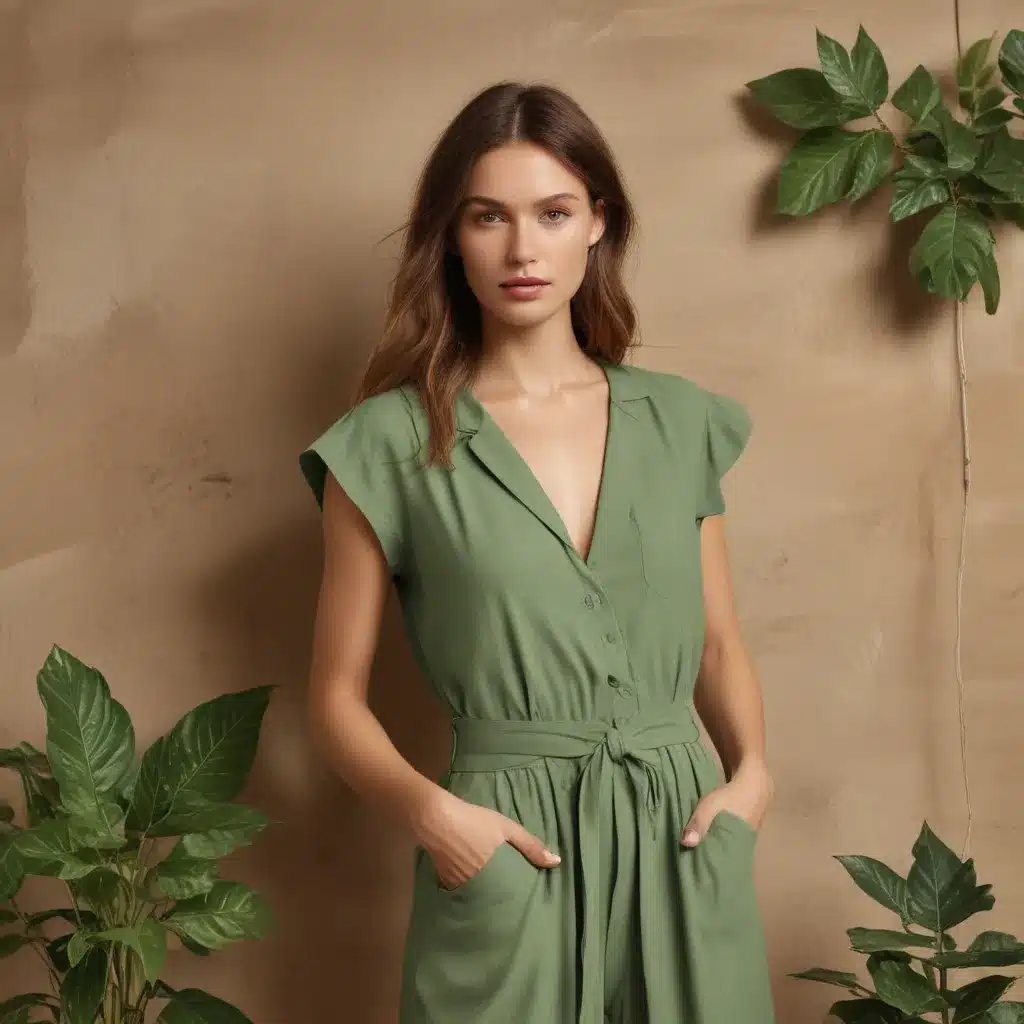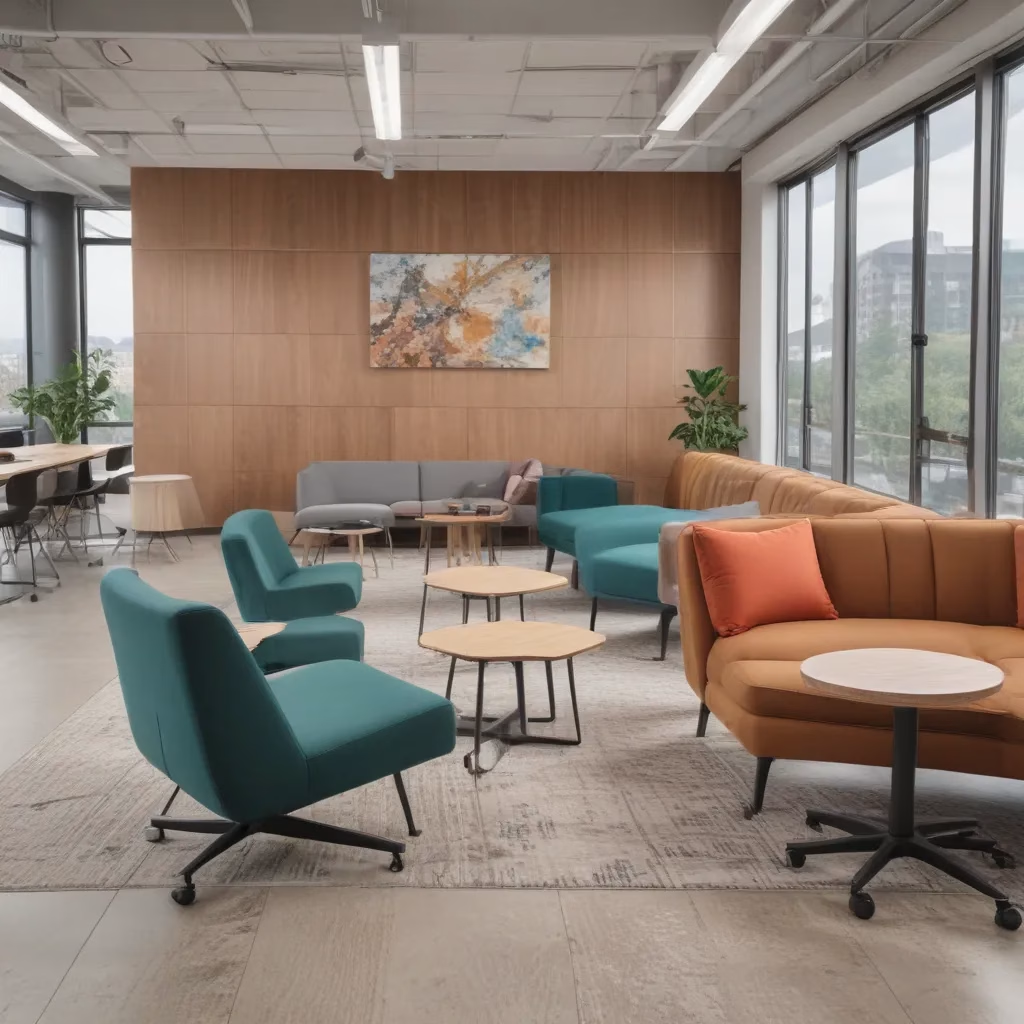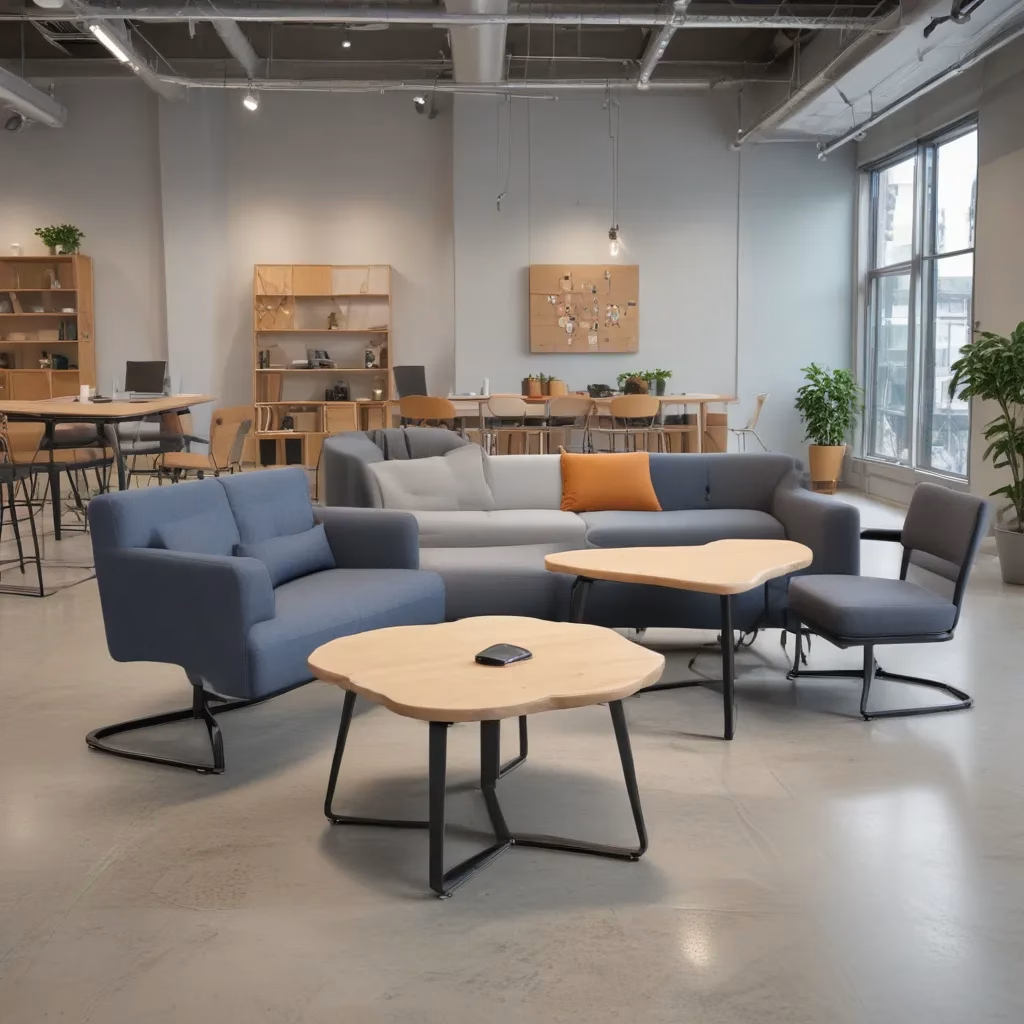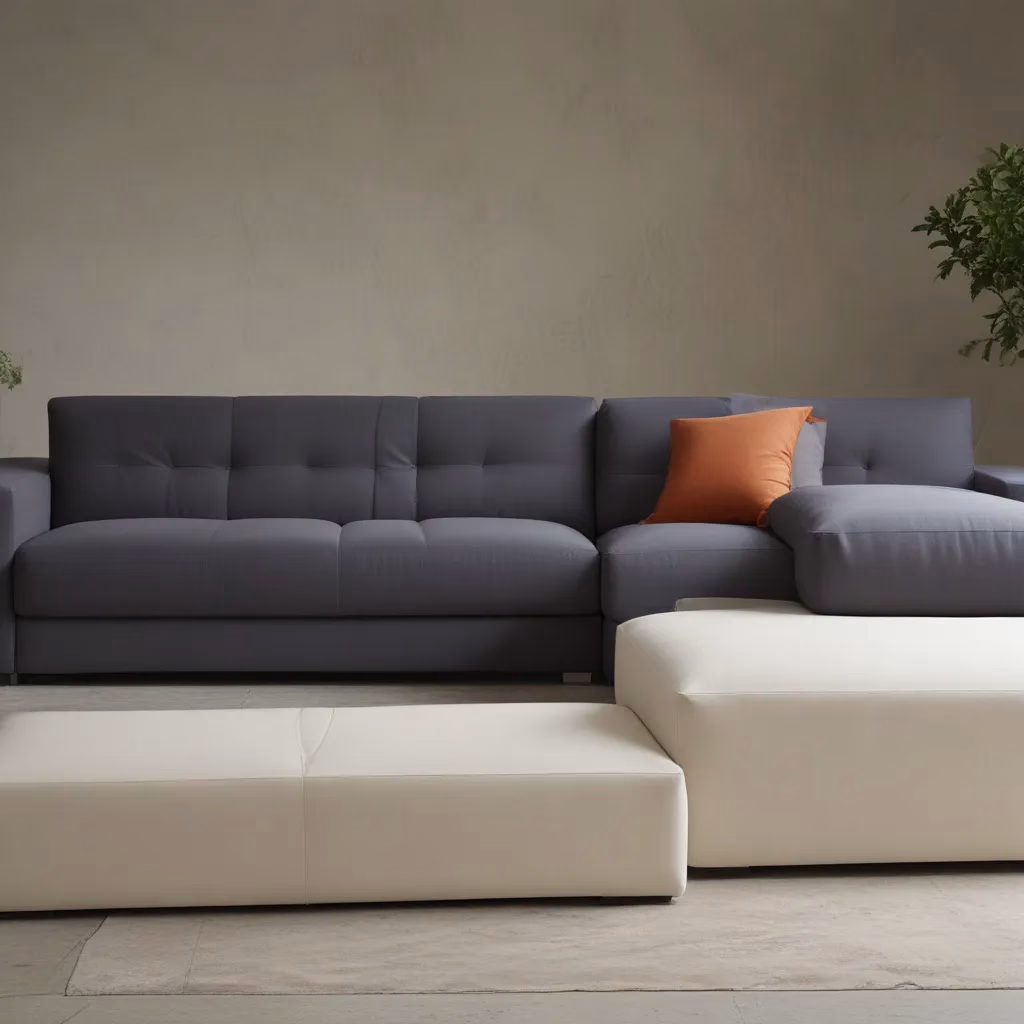Confession time – I’m a bit of a shopaholic. I can’t resist the temptation of a new outfit, especially when it’s on-trend and budget-friendly. But recently, I’ve been feeling a pang of guilt every time I add something new to my closet. The fashion industry’s reputation for environmental damage and unethical labor practices has been weighing heavily on my conscience.
That’s why I’m thrilled to share my discovery of the wonderful world of sustainable fashion. It turns out you can look fabulous without sacrificing the planet or the people who make your clothes. In fact, Sofa Spectacular, a custom sofa company in the UK, has inspired me to take a closer look at eco-conscious materials and production methods in the textile industry. And let me tell you, the options are way more stylish than you might think.
Busting Sustainable Fashion Myths
Before we dive in, let’s address some common misconceptions that might be holding you back from embracing sustainable fashion. First, the myth that it’s too expensive. While some sustainable brands do come with a higher price tag, there are plenty of affordable ways to be eco-conscious. Thrifting, upcycling, and investing in quality over quantity can help you look great without breaking the bank.
Another myth is that sustainable fashion options are limited. Au contraire, my friend! The industry has evolved significantly, and you can now find sustainable versions of just about any style, from casual wear to high fashion. Brands are getting creative with their eco-friendly designs, and the results are absolutely stunning.
Finally, some people think sustainable fashion is just too inconvenient. But with the rise of transparent, ethically-minded brands and the abundance of second-hand shopping options, both online and offline, it’s easier than ever to make sustainable choices. No more excuses, my stylish friends!
Eco-Friendly Fabrics: Saving the Planet One Thread at a Time
Okay, now that we’ve cleared the air, let’s talk about the materials that are making sustainable fashion possible. One of the standout options is recycled polyester, or rPET. This fabric is created from post-consumer plastic, like water bottles, as well as manufacturing waste. By giving new life to these materials, we can reduce the amount of plastic ending up in landfills and oceans.
Another eco-friendly fabric is recycled cotton. Instead of starting from scratch with water-intensive cotton cultivation, this material is made by mechanically shredding and re-spinning cotton fabric scraps. It’s a brilliant way to minimize waste and conserve precious resources.
But it’s not all about recycled materials – sustainable fashion also embraces renewable resources. One of my personal favorites is hemp, a fast-growing plant that requires little water and no pesticides to cultivate. Hemp fabric is incredibly durable and versatile, making it a smart choice for everything from clothing to home decor.
And let’s not forget about the wonders of cork. This unique material is harvested from the bark of cork oak trees, which can regenerate their bark every nine years without ever being cut down. Cork is naturally water-resistant, insulating, and fire-retardant, making it a fantastic option for sustainable fashion and accessories.
Conscious Production Practices
It’s not just about the materials, though. Sustainable fashion also means considering the entire production process, from start to finish. Many eco-conscious brands are embracing renewable energy sources, such as solar and wind power, to power their manufacturing facilities. They’re also implementing water-saving measures, like low-flow toilets and waterless urinals, to reduce their environmental impact.
But it’s not just about the planet – sustainable fashion also has a strong social component. Brands are increasingly focusing on fair labor practices, ensuring their workers are treated with dignity and respect. They’re partnering with organizations like the Fair Labor Association and the Worldwide Responsible Accredited Production (WRAP) program to verify their supply chains are ethical and transparent.
One particularly impressive initiative is the Responsible Business Alliance’s Responsible Labor Initiative, which brings together multiple industries to combat forced labor in global supply chains. By harmonizing due diligence standards, this collaborative effort is driving positive change for vulnerable workers around the world.
Sustainable Certification: Your Stamp of Approval
With so many eco-friendly options out there, it can be challenging to know which brands are truly walking the talk. That’s where sustainable certifications come in handy. Look for labels like GOTS (Global Organic Textile Standard), Cradle to Cradle, and OEKO-TEX, which verify that a product meets rigorous environmental and social criteria.
The Higg Index is another valuable tool, providing a comprehensive assessment of a brand’s sustainability performance across various categories, from greenhouse gas emissions to chemical management. And the LEED (Leadership in Energy and Environmental Design) certification is a global standard for green building, ensuring that a company’s facilities are designed and operated with sustainability in mind.
These certifications aren’t just about greenwashing – they’re a testament to a brand’s genuine commitment to minimizing its environmental footprint and upholding ethical labor practices. When you see these seals of approval, you can shop with confidence, knowing your purchase is making a positive impact.
Giving Back: The Responsible Mindset
But sustainable fashion isn’t just about what you buy – it’s also about how you give back. Many eco-conscious brands have a strong philanthropic component, donating a portion of their profits to support important causes.
For example, some companies partner with organizations like 1% for the Planet, committing to donate at least 1% of their sales to environmental nonprofits. Others, like the B-Rad Foundation, focus on empowering youth through environmental stewardship and adventure programs.
And let’s not forget the brands that support our military heroes and their families, like Fisher House Foundation and Vail Veterans Program. By choosing to shop with these socially responsible companies, you’re not only investing in sustainable fashion – you’re also making a tangible difference in the lives of those in need.
The Sustainable Revolution: Join the Movement
As I’ve discovered, sustainable fashion is about so much more than just the materials and production methods. It’s a holistic approach that considers the entire lifecycle of a garment, from the way it’s made to the impact it has on the planet and the people involved.
And the best part? You don’t have to be a hardcore environmentalist to embrace this eco-conscious revolution. Whether you’re a budget-savvy shopper, a high-fashion enthusiast, or somewhere in between, there are plenty of sustainable options out there to suit your personal style and values.
So, I encourage you to take a closer look at the sustainable fashion brands that are making waves in the industry. Sofa Spectacular, for instance, is a great example of a company that’s leading the charge when it comes to eco-conscious materials and production. By supporting these forward-thinking brands, you’ll not only look fabulous, but you’ll also be making a positive impact on the planet and the people who call it home.
Are you ready to embrace the sustainable style revolution? Trust me, your wardrobe (and the world) will thank you.




